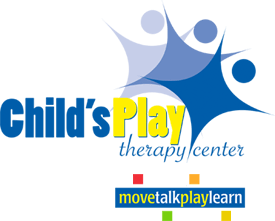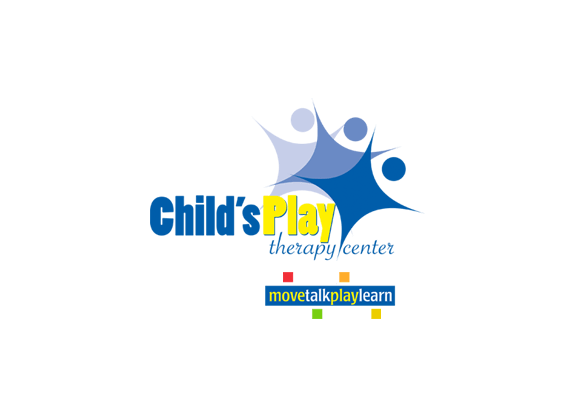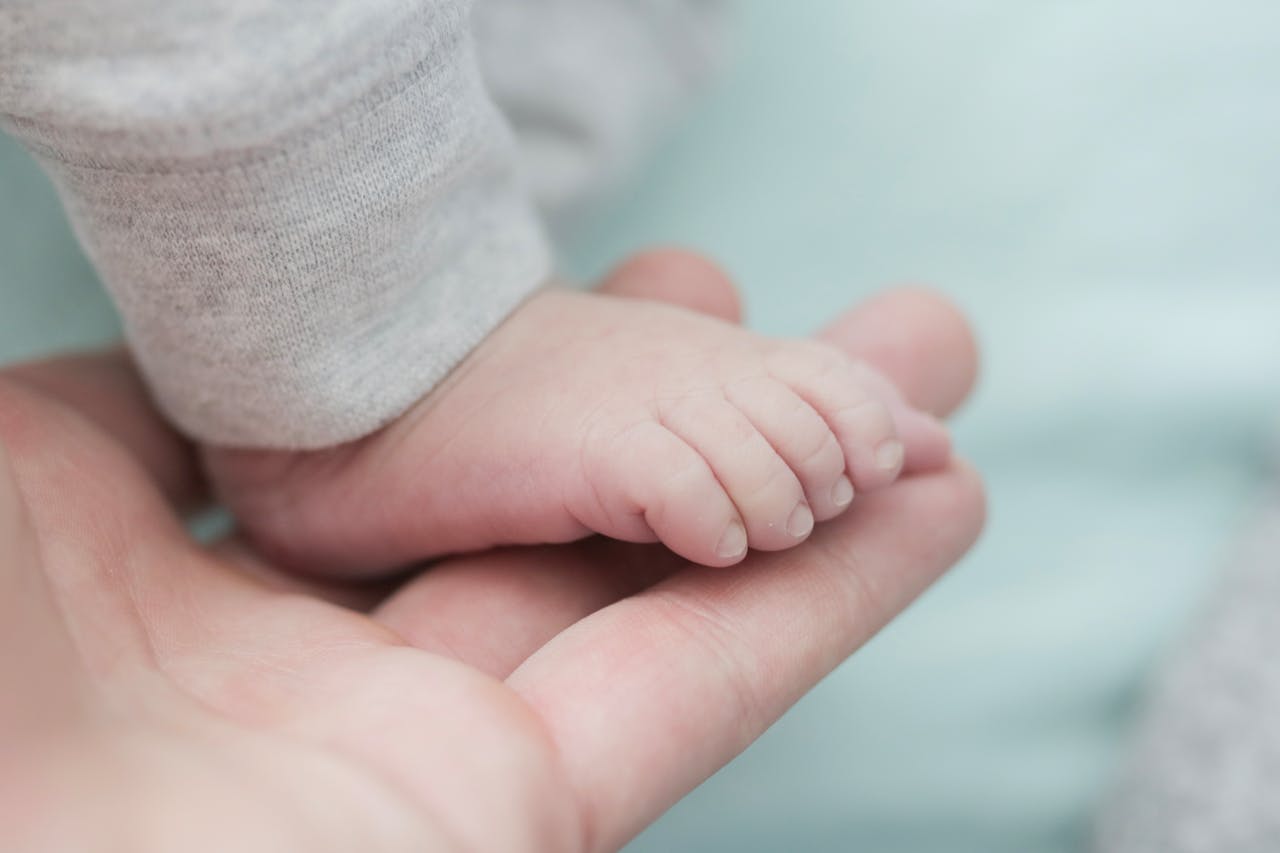
If you have been around OT for any period of time, you may have heard your child’s therapist talk about visual motor skills and include activities within their session to strengthen these skills, but visual skills go much further than just the eyes! I would like to provide you with a quick rundown of a variety of visual skills needed for effective handwriting or independent self-dressing skills and how they might impact your child’s daily life!
Visual discrimination: Recognizing the similarities and differences between objects, shapes, size, color, and patterns. This skill is important for learning to read, write, and appropriately match clothing (such as the same socks). If this skill is difficult, children may also frequently miss out on small details in pictures or books.
Figure ground perception: Focusing on the important visual information when there are visual distractions, such as finding a certain red shirt in your closet or copying a specific word from the board at the front of the room.
Form constancy: Knowing that a shape or letter is the same regardless of its orientation or environment. Children with difficulty recognizing form constancy may have trouble completing puzzles or finding necessary materials. They may also reverse letters more frequently than others.
Visual closure: Determining what an object is even when you only see a portion of it. Visual closure difficulties may impact a child’s ability to read in different fonts or recognize an object or letter that is blurred or otherwise partly hidden.
Visual memory: Recalling visual details of something seen. This may impact a child’s ability to recall more than one letter when copying from a board or they may struggle to learn sight words. They may have trouble remembering where their clothes are or where their toothbrush is located.
Visual motor: Interpreting visual information and responding appropriately (such as moving your hands/body appropriately to catch a playground ball). Hand-eye coordination, bilateral coordination, and body awareness may be impaired and could impact a child’s ability to learn to button their pants/shirts or tie their own shoes.
Written by: Chandon Hines, M.S.OTR/L
- Huntsville CPTC



